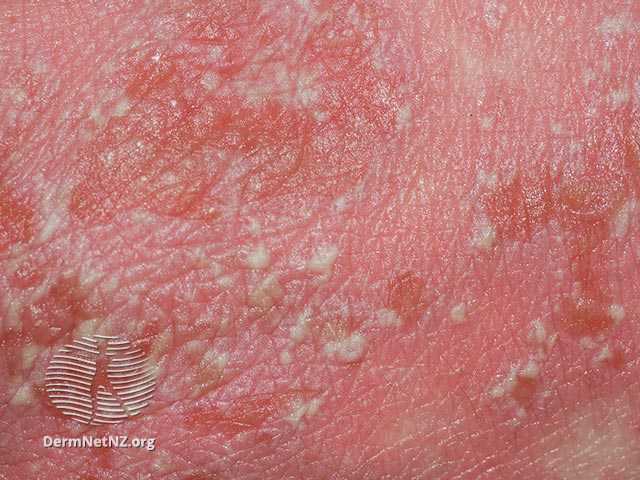The International Psoriasis Council (IPC) recently released an international consensus statement on the definition and diagnostic criteria for generalized pustular psoriasis (GPP).
The consensus was developed using the modified Delphi method and is published in JAMA Dermatology.
In it, GPP is defined as “a systemic inflammatory disease characterized by cutaneous erythema and macroscopically visible sterile pustules, according to the international consensus statement.
GPP subclassifiers include:
- It may manifest with or without systemic symptoms and signs.
- It may or may not be associated with other types of psoriasis.
- GPP can present as an acute form with widespread pustular eruption or a subacute variant with annular phenotype.
- Laboratory abnormalities may or may not be present.

IPC’s Chief Medical Officer Peter van de Kerkhof, MD, PhD, spoke with The Dermatology Digest about the new consensus statement and how this definition and diagnostic criteria can be applied to practice for better patient care.
TDD: What was the impetus for this statement?
Peter van de Kerkhof, MD, PhD: “The clinical presentation of GPP is quite heterogeneous. You could say that each patient has their own GPP in the sense of several of the presentation signs and symptoms. Therefore, one can understand that, in looking over the world, there was not a very sharp definition of the clinical phenotype. There has been some heterogeneity between dermatologists on the definition of the presentations of GPP. There have also been some differences in whether histology is needed. For example, when we look at the Japanese guidelines for GPP, histology is very important in the confirmation of the diagnosis. When we look at the American guidelines, they feel that histology is not so needed, that it’s important to have a fast diagnosis, and that taking a biopsy and a histology only postpones the situation. Therefore, establishing an internationally accepted standardized definition of GPP based on agreed-upon diagnostic criteria is essential. The aim of this study was to develop an international consensus definition and diagnostic criteria for GPP.”
TDD: What are the key diagnostic criteria for GPP?
Dr. van de Kerkhof: “According to the consensus manuscript, the essential diagnostic criterion is “Macroscopically visible sterile pustules on erythematous base and not restricted to the acral region or within psoriatic plaques.”
Supporting criteria include:
- Lakes of pus
- Painful skin
- Fatigue
- Fever
- History of recurring flares
- Positive personal or family history of psoriasis
- Elevated CRP
- Leukocytosis
- Neutrophilia
- Abnormal laboratory tests such as hypocalcemia, hypoproteinemia, hypoalbuminemia, abnormal liver or renal functions
- Biopsy confirmation with the presence of spongiform pustules of Kogoj
- Any positive genetic finding (namely IL36RN mutation, MPO, AP1S3, SERPINA, CARD14)
TDD: How is the definition different than previous descriptions of GPP?
Dr. van de Kerkhof: “The European Rare and Severe Psoriasis Expert Network (ERASPEN) definition was broader and included Sneddon Wilkinson disease and acute generalized exanthematous pustulosis (AGEP). In the Japanese guideline, the biopsy is mandatory and in the IPC description we recommend the biopsy, but it is not mandatory. What we hope is that we find a good compromise between the Japanese and the American view related to the biopsy. The group feels that a biopsy gives very important information, but it is important not to wait for a few days before you start a treatment. On one hand, a biopsy provides a better, more precise diagnosis, but not for the immediate diagnosis. For the immediate diagnosis, we really recommend that you have a fast approach in the diagnosis and treatment. Better care is what we hope for.”
TDD: How will this impact treatment decisions?
Dr. van de Kerkhof: “Based on a clear definition of GPP, making the diagnosis of GPP will be more straightforward. For future studies, we need clear definition to define the study groups well.”
PHOTO CREDIT: DermNet


